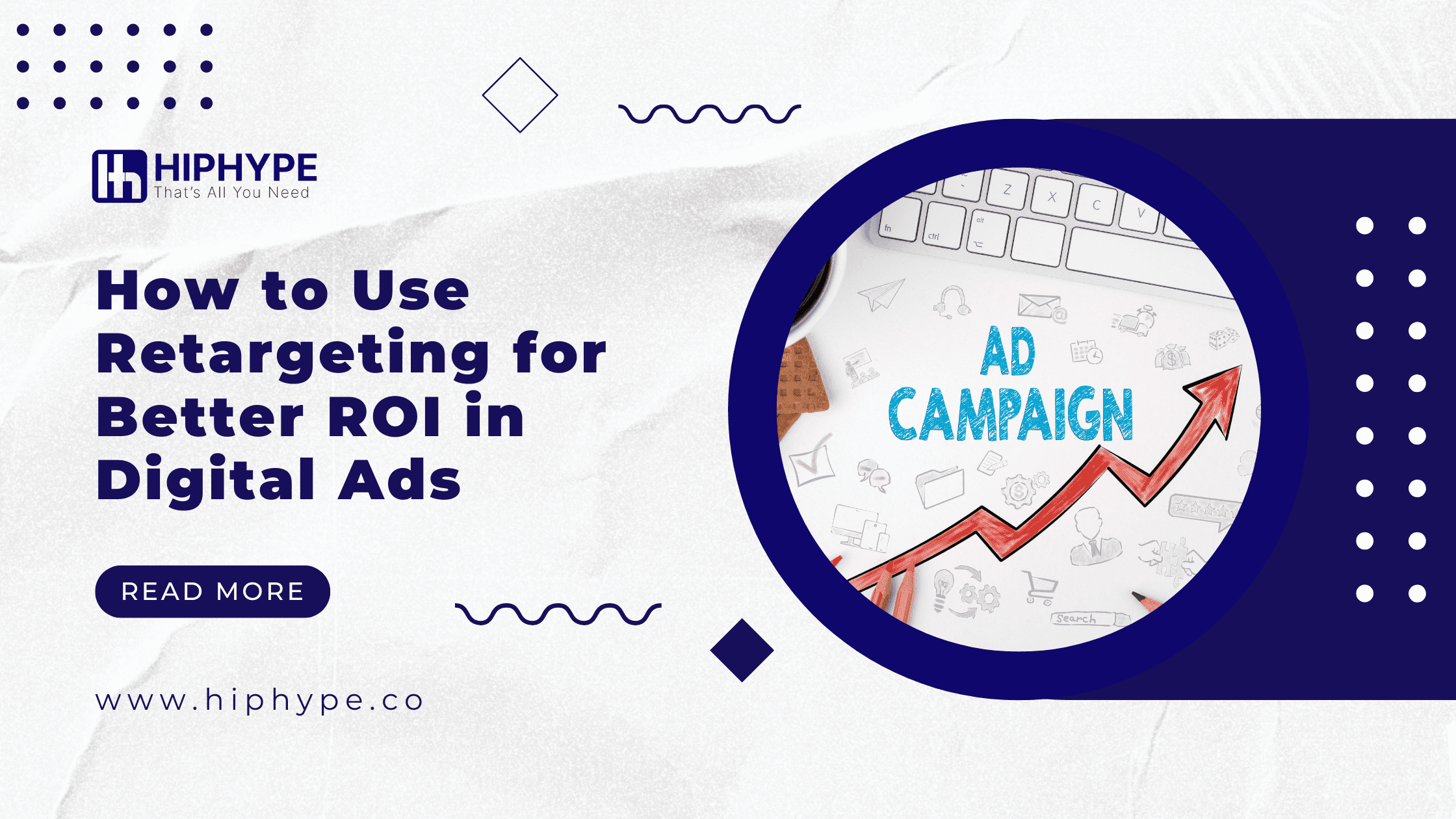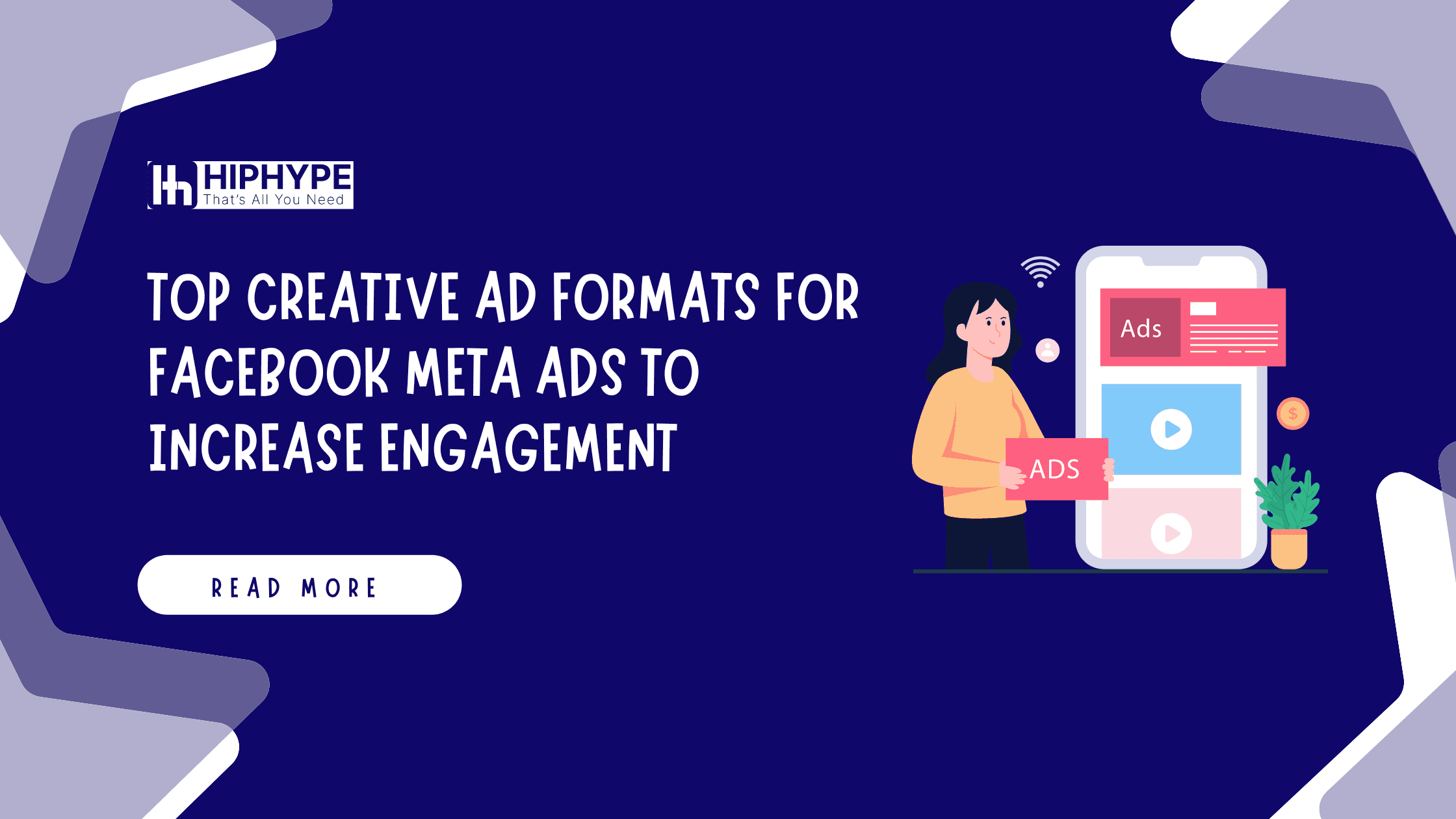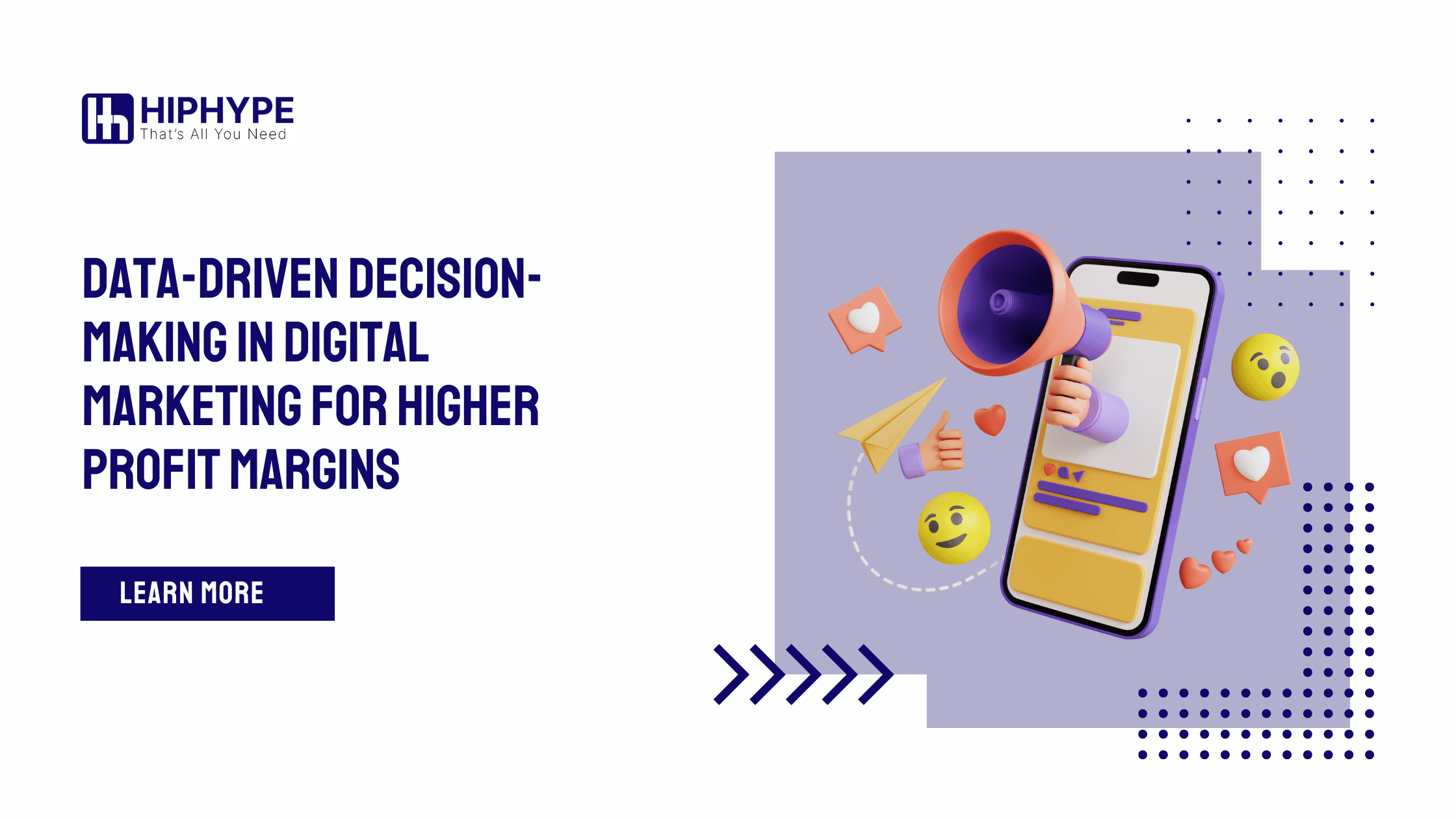How to Use Retargeting for Better ROI in Digital Ads
Maximize your ad ROI with retargeting! Learn techniques to re-engage interested users, boost conversions, and optimize ad spend for better campaign success.
In today’s digital marketing landscape, businesses have unprecedented tools to reach potential customers. However, capturing attention and converting users in a single interaction is challenging. Retargeting, or remarketing, addresses this issue by targeting users who have previously interacted with your brand, guiding them back and encouraging conversions. This powerful strategy allows businesses to engage high-intent audiences, maximize ad spend, and achieve a better return on investment (ROI).
In this article, we’ll explore what retargeting is, how it works, and the best practices and strategies for using retargeting effectively to boost your ad campaign’s ROI.
1. Understanding Retargeting
Retargeting, or remarketing, is an advertising technique focused on re-engaging users who have previously interacted with a business but didn’t take a desired action, such as making a purchase. By using tracking tools, such as cookies, retargeting lets advertisers follow users’ online activities and serve them relevant ads to remind them about the brand or product they showed interest in.
Types of Retargeting
Pixel-Based Retargeting: This is the most common form of retargeting. When a user visits your website, a pixel (small piece of code) is placed in their browser, enabling ads to follow them on different websites. This method is highly specific, allowing you to tailor ads based on users’ actions on your site.
List-Based Retargeting: Involves using your existing contact database, such as email lists, to retarget users. By uploading a list to ad platforms (like Facebook or Google), you can reach users with personalized messages based on prior interactions. This method is particularly effective for engaging known customers or subscribers.
Platforms for Retargeting
Google Ads: Google’s remarketing platform offers options for Display Network ads, search ads, and YouTube retargeting. It’s powerful due to the vast reach of Google’s ad network.
Facebook Ads: Facebook’s Custom Audiences enable pixel-based retargeting on Facebook, Instagram, and Messenger, providing options for tailored ad types and in-depth audience targeting.
Instagram, LinkedIn, and Twitter Ads: These platforms offer robust retargeting options, allowing businesses to reach specific audiences with ads on social media, where users spend a significant amount of time.
2. Why Retargeting Improves ROI
Retargeting is a smart investment for brands because it focuses on individuals who have already shown an interest, making them more likely to convert. Studies show that retargeting can increase ad engagement by over 400%, providing significant improvements in campaign ROI.
Benefits Over Traditional Targeting
Enhanced Brand Recall: Retargeting keeps your brand top-of-mind, making it easier for users to recall and engage with your business.
Improved Conversion Rates: Since retargeted users are already familiar with the brand, they’re more likely to convert, leading to higher conversion rates than first-time visitors.
Efficient Use of Ad Spend: Retargeting maximizes the effectiveness of your budget by focusing on high-intent audiences rather than cold leads, leading to a higher return on ad spend (ROAS).
3. Setting Up Effective Retargeting Campaigns
Implementing successful retargeting campaigns involves planning, platform setup, and defining key metrics for success.
Steps to Set Up Retargeting on Major Ad Platforms
Facebook Ads: Set up your Facebook Pixel and use it to create Custom Audiences based on site actions, like page visits, cart abandonments, or checkout initiations. You can also create Lookalike Audiences to reach users with similar profiles.
Google Ads: Use Google’s remarketing lists for search ads (RLSA) to tailor search ads to people who have visited your website. Set up audiences in Google Analytics to capture various site actions.
LinkedIn and Twitter: Both platforms support retargeting, where LinkedIn allows retargeting by web visits or engagement with LinkedIn ads, while Twitter focuses on interactions like video views and website clicks.
Key Metrics to Track for ROI
Click-Through Rate (CTR): Shows how compelling your ads are.
Conversion Rate: Indicates how well the retargeting ads turn views into actions.
Cost per Conversion: Determines ad efficiency in driving sales.
ROAS (Return on Ad Spend): Evaluates overall profitability by comparing revenue generated against ad spend.
4. Best Practices for Retargeting to Maximize ROI
To fully leverage retargeting, businesses should follow best practices that improve audience engagement and ad effectiveness.
Audience Segmentation
Segmentation by Behavior: Group users based on website behavior, such as specific page visits or time spent on the site. For example, users who visited a product page but didn’t convert may need a different message than those who abandoned the cart.
Use of Purchase History: Target recent buyers with upsell or cross-sell opportunities, while showing non-converting visitors ads offering discounts or special incentives.
Frequency Capping
Showing ads too frequently can annoy users, leading to negative brand perception. Platforms allow frequency capping to limit how often the same person sees your ad, helping avoid ad fatigue and enhancing brand experience.
Personalized Ad Content
Dynamic Retargeting: Display ads showcasing specific products users viewed or added to the cart. This personalization boosts relevance, making users more likely to engage and convert.
Sequenced Ads: Plan a series of ads that walk users through different stages of the conversion funnel, from awareness to purchase incentives, like discounts or free shipping.
Cross-Platform Retargeting
Most users interact with brands across multiple platforms. Retargeting on social media, search engines, and display networks reinforces brand messages and maximizes ad exposure.
5. Retargeting Strategies to Boost Engagement and ROI
Some retargeting strategies are particularly effective for driving results and enhancing ROI. These include techniques that go beyond basic targeting, creating more touchpoints and increasing the likelihood of conversions.
Dynamic Retargeting for Specific Products
Dynamic retargeting uses ads that automatically update to show specific products each user has viewed. This personalization allows for hyper-relevant ads, which increase engagement and improve conversions.
Sequential Retargeting
By delivering a series of ads in a predetermined sequence, you can tell a cohesive brand story. The sequence may start with a reminder of the user’s recent visit, then show product details, and finally, an ad with a limited-time offer.
Upselling and Cross-Selling Retargeting
Target existing customers with ads for complementary products or premium versions. Cross-selling retargeting can increase average order value and customer lifetime value, further boosting ROI.
Email Retargeting
Email remains a powerful retargeting tool. By sending abandoned cart emails or reminding users of their recent browsing activity, brands can personalize outreach to keep users engaged and encourage purchases.
6. Measuring and Optimizing Retargeting ROI
Optimization of retargeting efforts is a continuous process that involves testing, measuring, and refining based on data.
Key Performance Indicators (KPIs)
ROAS: Tracks revenue generated compared to ad spend, giving insight into campaign profitability.
Bounce Rate: High bounce rates may indicate the need for better ad-targeting accuracy or landing page improvements.
Cost per Conversion: Tracks ad efficiency, helping you allocate budget effectively.
A/B Testing Ads
A/B testing helps find the best-performing combinations of ad copy, visuals, and calls to action. Testing different offers (e.g., discounts, free shipping) can reveal what resonates most with retargeted users.
Analytics Tools for Data-Driven Decisions
Using tools like Google Analytics, Facebook Insights, and ad platform analytics allows businesses to understand user behavior and preferences. By analyzing patterns, you can make informed decisions about retargeting strategies.
7. Avoiding Common Retargeting Pitfalls
While retargeting offers many advantages, there are pitfalls that can undermine campaign effectiveness.
Avoid Overexposure and Ad Fatigue
Seeing the same ad repeatedly can frustrate users. Setting frequency limits ensures ads stay fresh, increasing the likelihood of engagement.
Prioritize Quality and Relevance
Low-quality ads or irrelevant content can harm brand reputation. Focus on clear, high-quality visuals and personalized content that aligns with user interests.
Maintain Privacy Compliance
With privacy laws like GDPR and CCPA, it’s crucial to respect user privacy. Always ensure compliance by obtaining consent and providing users with the option to opt out.
Conclusion
Retargeting has evolved to become an essential part of successful digital marketing strategies. By reconnecting with users who are already interested in your brand, retargeting boosts engagement, increases conversions, and ultimately delivers a higher return on ad spend.
Implementing segmentation, cross-platform ads, and dynamic retargeting, alongside regular optimization, can maximize the impact of your retargeting campaigns. For businesses looking to gain a competitive edge in digital advertising, retargeting offers an effective way to improve brand recall, drive sales, and enhance ROI.




